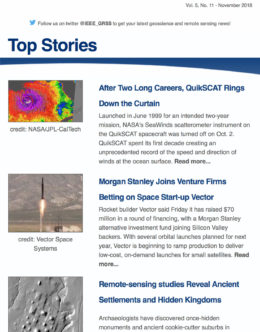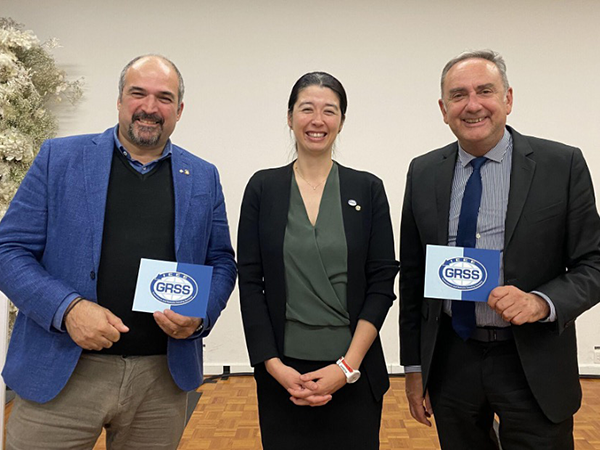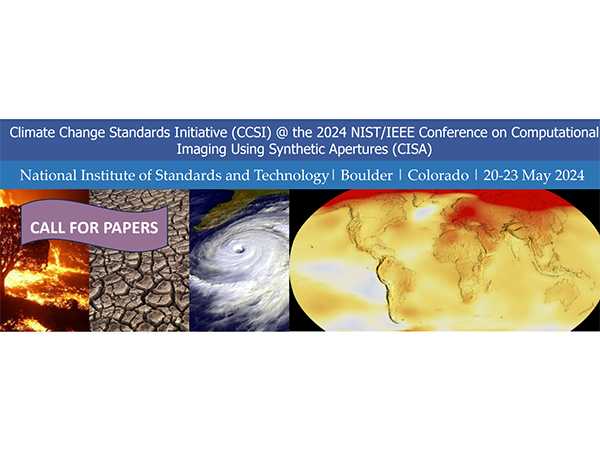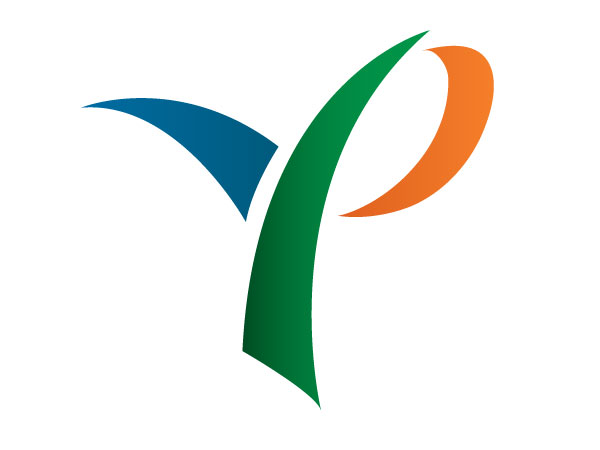The application deadline is May 1, 2014
Overview- Many biological oceanographers and marine biologists have research projects that would benefit greatly from the addition of a satellite remote sensing perspective, but are prevented from using satellite data because they lack the training needed to make easy and effective use of freely available data sets.
Even people who intend to begin research careers that are specifically devoted to satellite remote sensing can be slowed down initially because they lack basic, but critical, skills.
In response to these broad needs, an intensive 2-week summer training course is offered to people who have modest or no prior experience with satellite remote sensing techniques.
The Course is Highly Methods-Oriented – The goal of the course is to teach participants the basic skills needed to work independently to acquire, analyze and visualize data sets derived from a variety of satellite sensors (e.g., SeaWiFS, MODIS, MERIS, VIIRS, HICO, AVHRR, GEOS, SeaWinds, SSM/I and AVISO Merged Altimetry).
Strong emphasis is given to ocean color remote sensing and to the use of NASA’s SeaDAS software (version 7) to derive mapped imagery of geophysical parameters (e.g., chlorophyll or CDOM) from raw SeaWiFS, MODIS, MERIS and VIIRS data obtain through the Ocean Color Web Data Server. The course also covers image analysis methods to work with satellite imagery of 1) sea surface temperature, 2) ocean wind speed and 3) sea surface height.



























